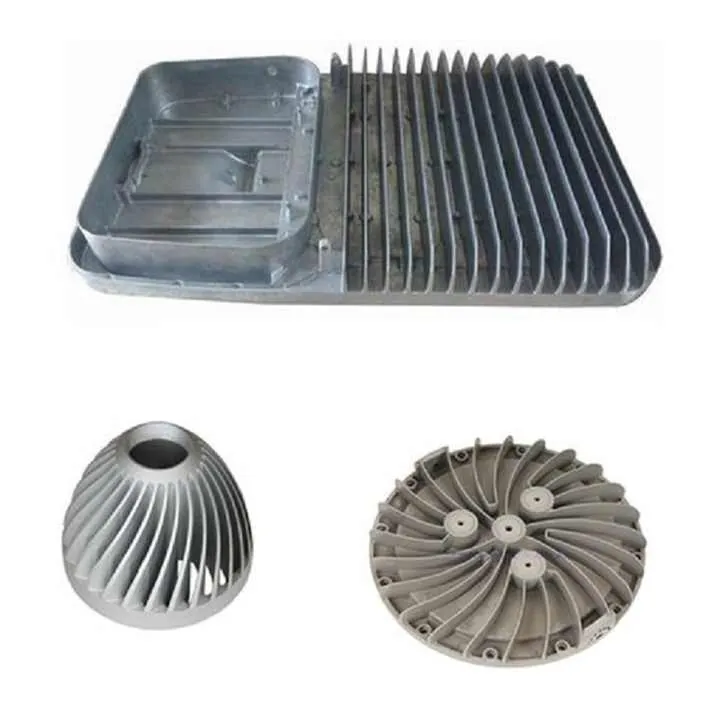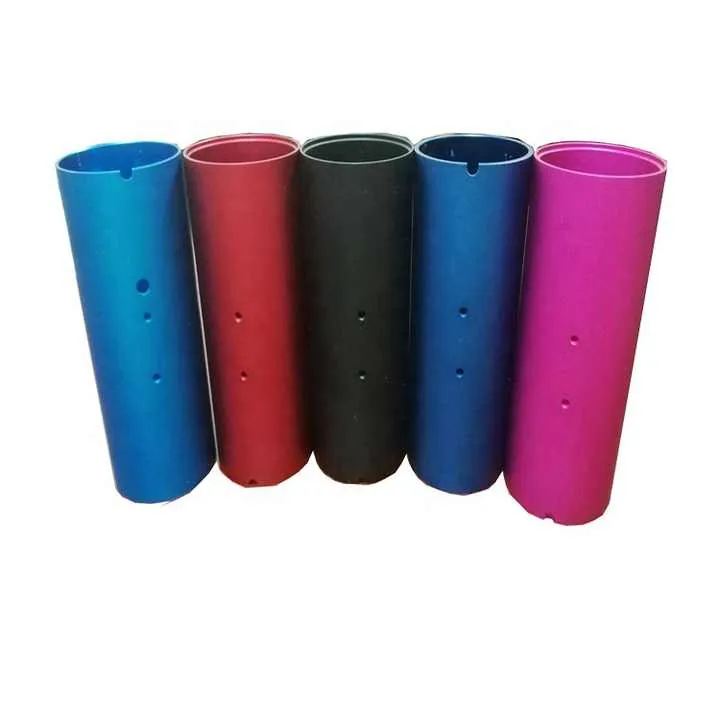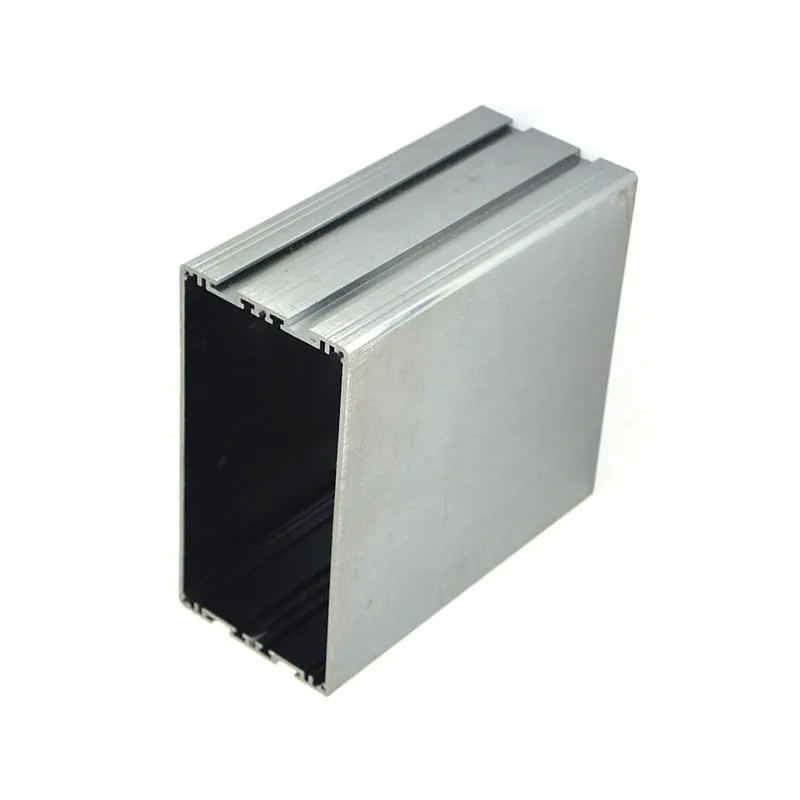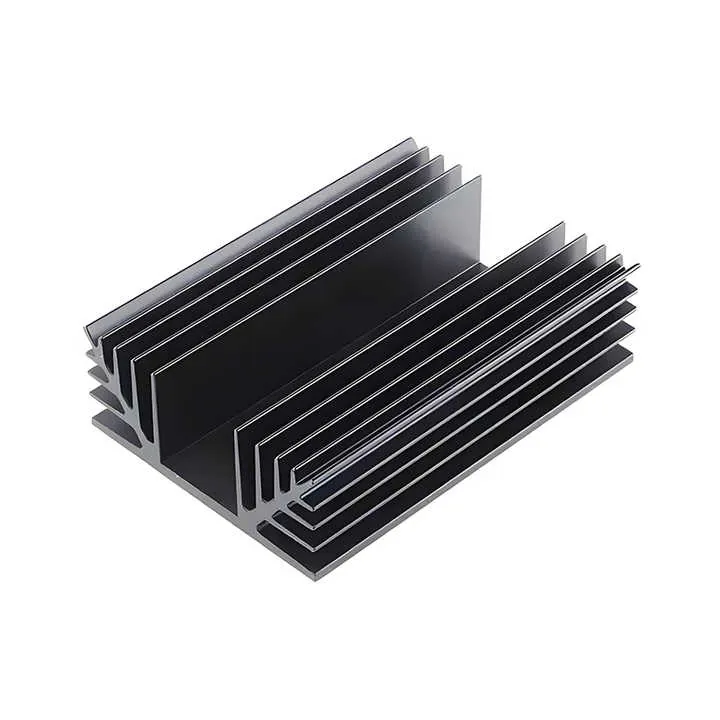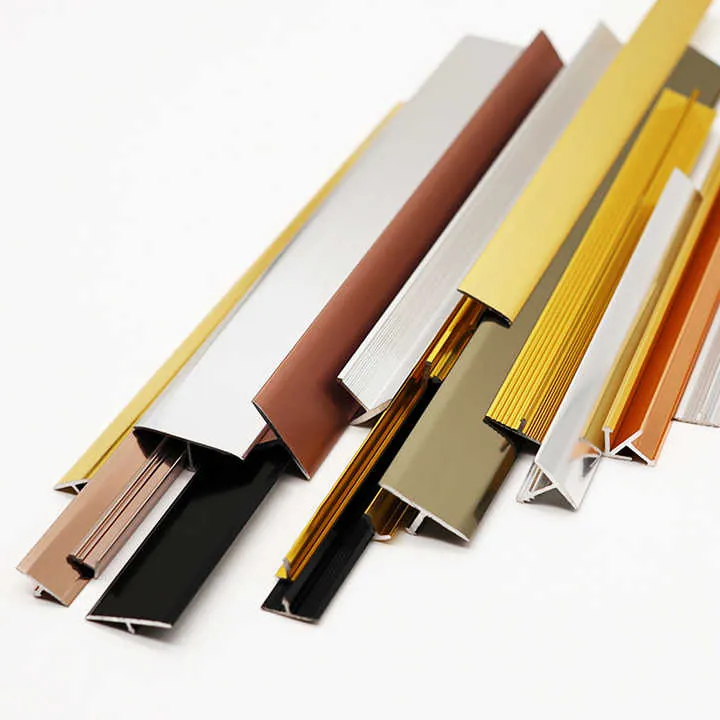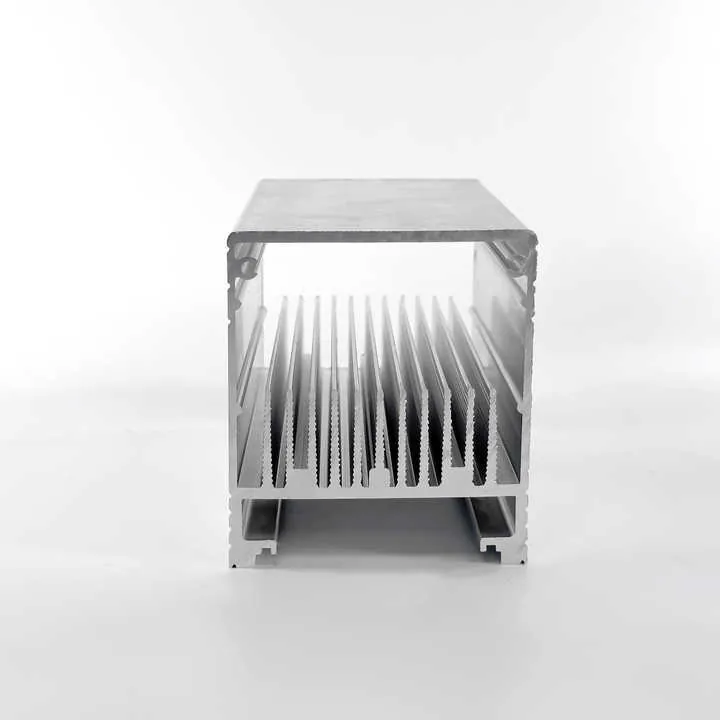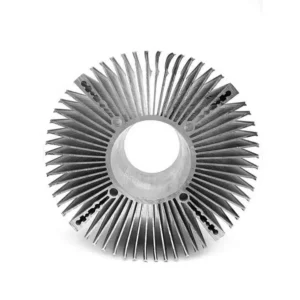
If you’ve ever wondered whether aluminum rusts like steel, you're not alone. This is one of the most common questions I get from clients designing products for outdoor or industrial use.
No, aluminum does not rust like iron. However, it can still corrode under certain conditions. The key difference is how aluminum protects itself through a natural oxide layer.
Many engineers assume aluminum is completely maintenance-free. That’s partly true—but there are still risks. In this article, I’ll explain the difference between rust and corrosion, and share how we protect aluminum components for long-term performance.
Is Aluminum Immune to Rust?
Aluminum is known for resisting corrosion better than many metals. But is it totally immune?
Aluminum is immune to rust because rust only happens to iron-based metals. However, it is not immune to corrosion caused by chemicals, salt, or galvanic reactions.
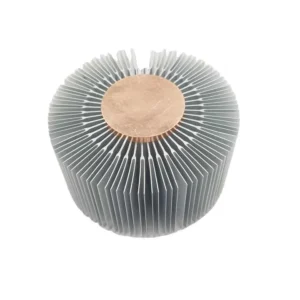
Let’s clear this up: rust and corrosion are not the same thing. Rust is a specific type of corrosion that affects iron and steel. Aluminum doesn't contain iron, so it cannot rust. But it can corrode in the form of pitting or surface discoloration if the environment is aggressive.
Our Experience With Customers
I’ve worked with startup brands who switched from stainless steel to aluminum for their smart devices. They were worried about corrosion on exposed edges. We helped them understand the difference between rust and corrosion, and used anodizing to create a longer-lasting finish.
What Is the Difference Between Rust and Corrosion?
We often use the word “rust” to describe any kind of metal damage. But technically, it's more specific.
Rust refers only to iron corrosion. Corrosion is a broader term that includes how other metals, like aluminum, degrade over time due to environmental exposure.
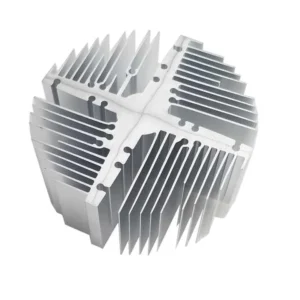
Understanding this difference helps engineers choose the right materials. Here's a quick comparison:
| Term | Applies To | Caused By | Appearance |
|---|---|---|---|
| Rust | Iron, Steel | Oxygen + Moisture | Red, flaky |
| Corrosion | All metals | Chemicals, salt, moisture | Gray, chalky, pitted |
Aluminum corrosion doesn’t spread the same way rust does. Instead, it appears as dull spots, pitting, or white powdery build-up. Most importantly, aluminum corrosion slows down as the oxide layer reforms, while iron rust keeps spreading.
Visual Differences
- Rust: Weakens the metal, creates structural issues, and spreads under paint or coatings.
- Aluminum corrosion: Often cosmetic at first, but can develop into deeper pitting if untreated.
What Environments Corrode Aluminum?
So if aluminum doesn't rust, when should we still worry about its corrosion?
Aluminum corrodes in environments with high salt, acidity, strong bases, or when it contacts other metals in moist conditions.
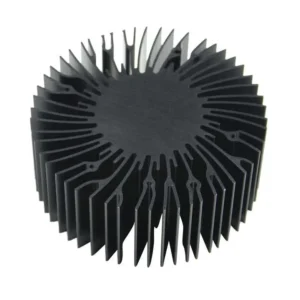
We’ve supplied aluminum parts for various industries—from consumer electronics to industrial automation. In most indoor settings, aluminum performs perfectly. But these are the environments where we take extra precautions:
Common Corrosive Environments for Aluminum
| Environment | Risk Level | Cause |
|---|---|---|
| Marine or Coastal Areas | High | Salt spray breaks oxide layer |
| Industrial Plants | Moderate | Acids, bases, and chemicals |
| Mixed Metal Assemblies | High | Galvanic corrosion |
| Humid Interiors with Dust | Moderate | Moisture traps and reactions |
| Underground Enclosures | High | Soil acidity, moisture |
In coastal or marine use, the chloride ions in saltwater attack the oxide layer. Once this barrier is damaged, pitting corrosion can set in quickly. That’s why customers in marine robotics or outdoor lighting often request anodizing or powder coating.
Case Study
One of our German customers, David, runs an industrial automation company. He needed durable aluminum brackets for outdoor sensor mounts. We applied a hard anodizing layer with sealing to survive salty wind exposure. Even after 18 months in the field, the parts showed no signs of corrosion.
Can Aluminum Corrosion Be Prevented?
We know aluminum can corrode—but how do we stop it?
Yes, aluminum corrosion can be prevented through protective coatings like anodizing or powder coating, careful material selection, and smart design to avoid galvanic contact with other metals.
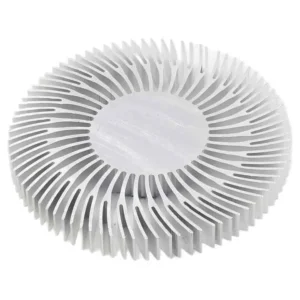
Luckily, aluminum is one of the easiest metals to protect. The natural oxide layer helps, and with the right surface treatment, it becomes even more durable.
Best Practices to Prevent Aluminum Corrosion
1. Use Anodizing
Anodizing thickens the oxide layer and can include sealing for added protection. It's especially effective for marine and industrial use.
2. Avoid Mixed Metal Contact
Galvanic corrosion happens when aluminum touches copper or stainless steel. Use plastic washers or apply coatings to separate the metals.
3. Seal Edges and Gaps
Trapped moisture can cause corrosion in tight joints. Make sure water can drain and dry.
4. Choose Corrosion-Resistant Alloys
Some alloys perform better than others.
| Alloy | Corrosion Resistance | Use Cases |
|---|---|---|
| 5052 | Excellent | Marine, enclosures, brackets |
| 6061 | Good | Consumer electronics, frames |
| 7075 | Fair | Aerospace (requires coating) |
| 2024 | Low | Aircraft (always needs protection) |
5. Use Protective Coatings
Besides anodizing, powder coating, painting, or applying corrosion inhibitors can extend life in harsh conditions.
6. Design for Drainage
Water should never collect inside aluminum housings. Use holes or slots to let moisture escape.
Final Note
At Sinoextrud, we guide clients through these choices every day. We can apply surface treatments, recommend the right alloy, and advise on part design to avoid corrosion—especially for custom CNC-machined components.
Conclusion
Aluminum doesn't rust like iron, but it can corrode if left unprotected. With the right materials and surface treatments, you can keep your aluminum parts looking great for years.

